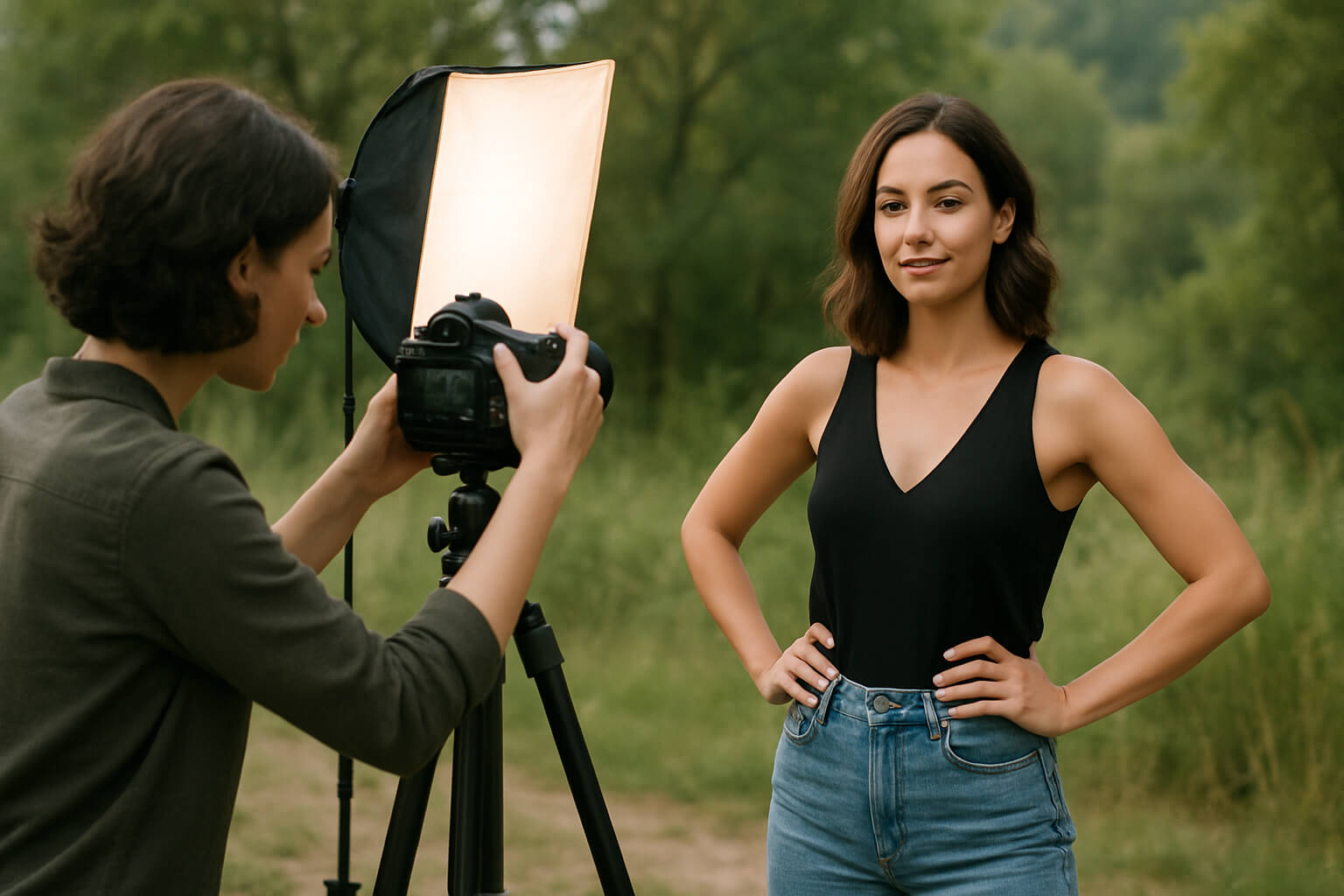June 06, 2025

Whether you're aiming to elevate your social media content, launch a photography business, or simply improve your craft, taking professional-looking photos is a skill that combines technical know-how, creativity, and consistency. This guide walks you through all the core aspects of shooting like a pro—covering gear, lighting, composition, editing, and business strategy.
And if you're looking to turn your hobby into a career, we’ve included practical insights from expert resources to help you start and scale a successful photography business in 2025.
Before anything else, understand your camera's settings—aperture, shutter speed, and ISO form the exposure triangle. Whether you’re using a DSLR, mirrorless, or even a smartphone, you must know how to control:
👉 Need a foundational roadmap? Start your photography journey here.
Light is everything in photography. Natural light is often best for beginners—early morning and golden hour (just before sunset) provide warm, soft light that flatters most subjects.
If shooting indoors or at night:
Want to dive deeper into lighting and product photography? Check out this clothing lighting guide.
Professional-looking photos often follow classic compositional rules:
Great photography is more than pressing a button—it’s about intentional framing.
Editing separates good photos from great ones. Use tools like Lightroom, Photoshop, or top-rated alternatives from the 2025 software list to:
⚠️ Don't over-edit—aim for enhancement, not artificiality.
Also, remember to protect your images. This guide on editing and copyright protection will help keep your content safe.
If you plan to showcase your work online:
Here’s a complete guide on how to optimize your images for maximum reach and discoverability.
A website adds credibility and serves as a hub for potential clients. Use platforms like RocketPages or WordPress with galleries, contact forms, testimonials, and blog posts.
Tips:
Learn how to build a high-converting portfolio site tailored for clients.
Getting your photos seen is half the battle.
Explore networking strategies for photographers that really work.
Once your photos start standing out:
Get started with:
Ready to go pro? From setting pricing packages to landing high-paying clients, you’ll need a solid strategy. Here’s how to:
Use this step-by-step business scaling guide to expand and earn consistently.
And for clients who pay what you're worth, explore how to get high-paying photography clients.
Taking professional-looking photos is a blend of technical mastery, creative vision, and strategic presentation. From understanding light and composition to editing like a pro and building a strong online presence—every step counts.
Whether you're capturing personal moments or building a six-figure business, professional photography is a craft that rewards patience, learning, and a keen eye for detail.
Ready to begin your journey? Launch your photography business from scratch today.
Stay up to date with the newest tips, gear reviews, and step-by-step guides to elevate your photography journey from home and beyond.